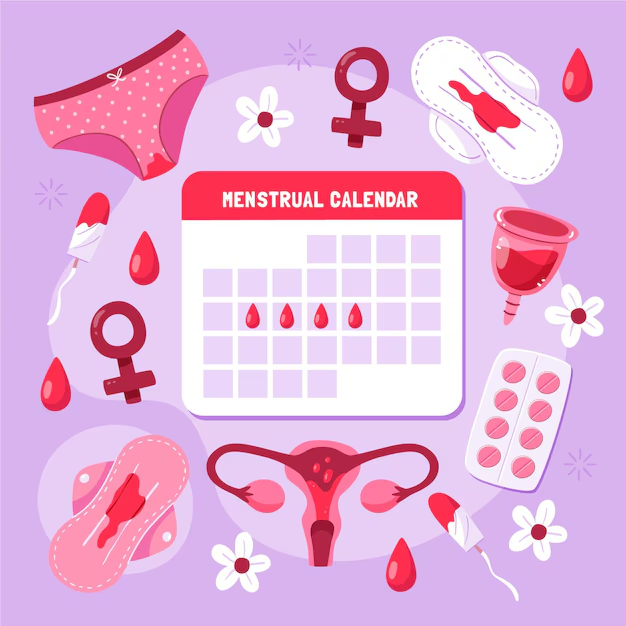Building a Routine That Respects Your Body

Tracking your cycle isn't just about knowing when your period is due — it's about learning to move in harmony with your body. When you're on your period or navigating the days leading up to it, your body often sends clear signals: fatigue, cramps, stiffness, and emotional sensitivity. On painful days, the key to staying well isn't pushing through — it's creating a routine that respects your body.
Here’s how to build a cycle-aware exercise and movement plan that supports you, especially during painful days.
🌙 1. Tune into your body’s rhythm
If you're tracking your cycle regularly, you’ll notice patterns in how your body feels week to week. During the menstrual phase (your period), estrogen and progesterone levels are at their lowest. This can lead to:
-
Lower energy
-
Heightened sensitivity to pain
-
Muscle tension or bloating
-
Mood swings
Rather than fighting these symptoms, adjust your routine to honor them.
🧘♀️ 2. Choose gentle movement on painful days
When cramps, lower back pain, or fatigue hit, it’s tempting to stay in bed all day. While rest is essential, gentle movement can actually ease discomfort. Consider:
-
Yoga stretches: Focus on the lower back, hips, and abdomen. Poses like Child’s Pose, Supine Twist, and Cat-Cow help ease cramps and improve blood flow.
-
Short walks: A slow 15-20 minute walk can boost circulation, ease tension, and lift your mood.
-
Breathwork: Deep belly breathing reduces pain perception and helps the nervous system relax.
If even gentle movement feels like too much, listen to your body — sometimes the most respectful thing you can do is rest.
💧 3. Hydrate, nourish, and modify
Painful days demand more care:
-
Hydrate often to reduce bloating and help muscle function.
-
Fuel with warm, anti-inflammatory foods like soups, herbal teas, and magnesium-rich greens.
-
Modify intensity: If you usually do high-intensity workouts, swap them for stretching or rest on your heaviest days.
Remember, respecting your body doesn’t mean you're falling behind. You’re actually syncing your routine with your biology — and that’s powerful.
📆 4. Create a “pain-day” movement toolkit
Prepare for tough days in advance by building a toolkit of go-to routines and self-care items:
-
A 10-minute guided yoga video
-
A warm compress for your abdomen
-
A journal to track symptoms and mood
-
A playlist of calming music or affirmations
The goal is to have supportive resources ready so you don’t have to decide what to do in the middle of discomfort.
🌀 5. Track your pain patterns
Use your cycle tracker to log:
-
Pain level (1–10)
-
Affected areas (cramps, back, breasts, etc.)
-
What movement helped
-
What didn’t work
Over time, this creates a personalized pain-care map. You’ll start to see patterns — like which days need the most rest or what movement reliably brings relief.
🌸 Final thoughts
Respecting your body during your period isn’t about doing less — it’s about doing what feels right. Your cycle is a compass. Use it to build a flexible, compassionate routine that adapts with you, not against you.
Movement, when matched with awareness, becomes medicine — even on your most painful days.
Related Articles

Understanding Vaginal Discharge: What’s Normal and What’s Not

Baby development at 13 weeks

Baby development at 18 weeks

The Role of Menstrual Blood in Traditional Medicine

Baby development at 30 weeks

Baby development at 35 weeks

What Is Considered a Normal Period Flow?

Common Symptoms in the First Trimester and How to Manage Them